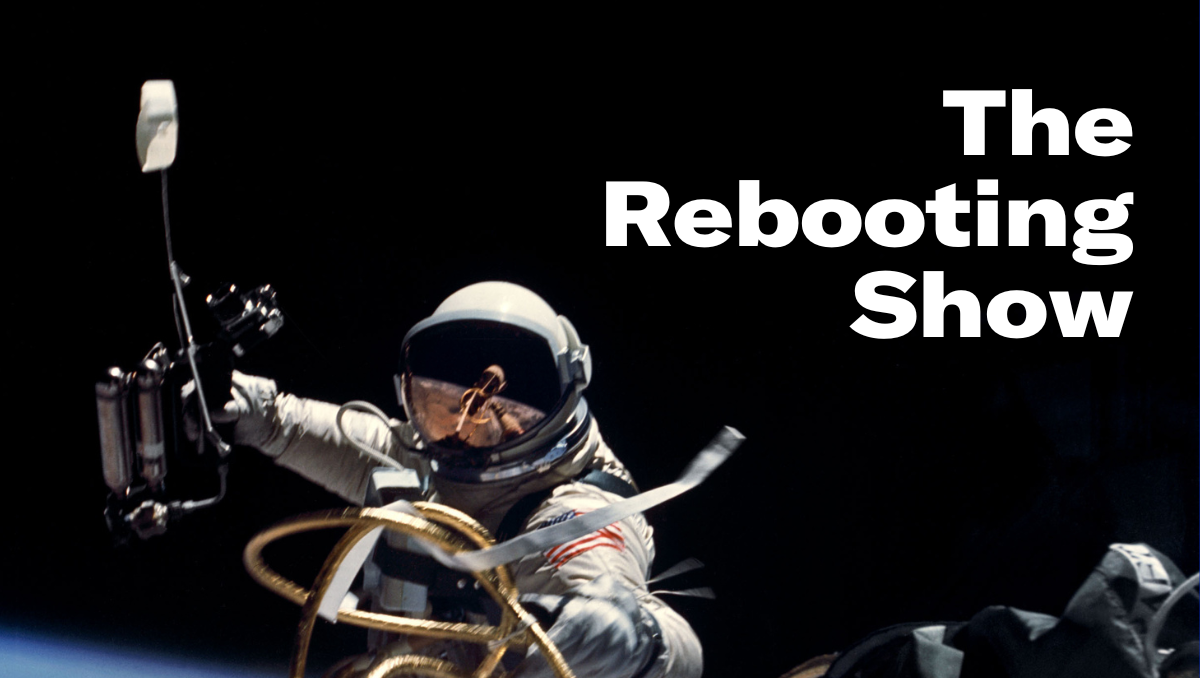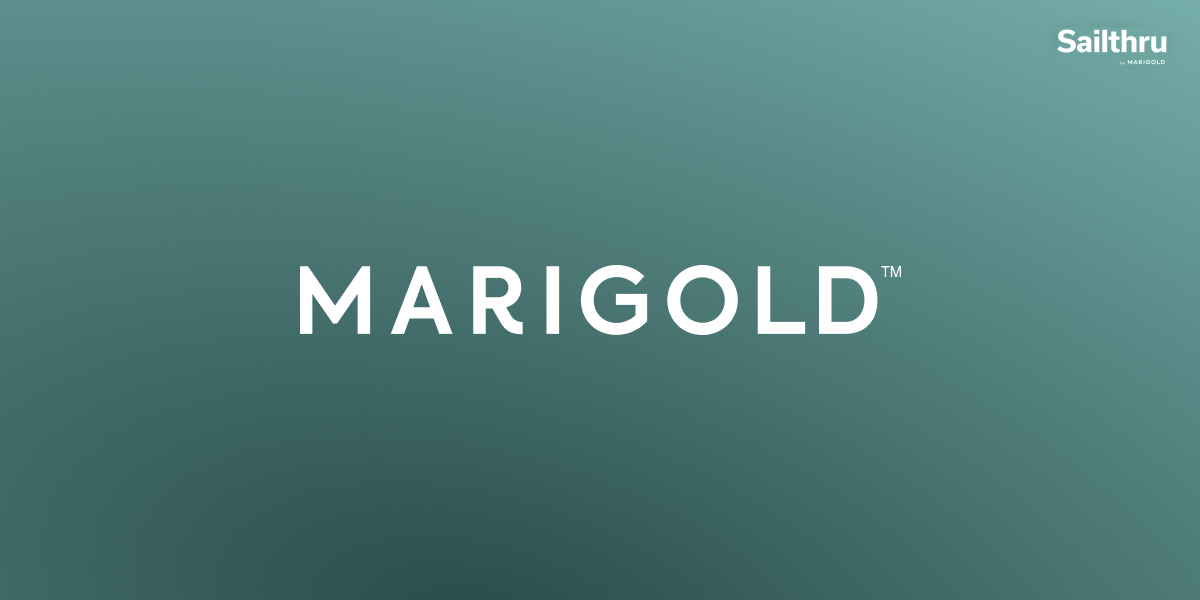Neil Vogel on Google Zero

The media business is about to enter AI mode. In the latest episode of The Rebooting Show, I speak with Dotdash Meredith CEO Neil Vogel. We spoke during the keynote session earlier this month at the Media Product Forum, which was a collaboration between The Rebooting and WordPress VIP. I appreciate that Neil is a pragmatist who doesn’t waste energy by complaining about our tech overlords.

Cross-channel platform exclusively for publishers

You don’t need a huge team or tech stack to market smarter. Sailthru by Marigold and Marigold Grow helps media brands connect with readers using personalization, automation, and built-in tools to grow audiences with zero-party data. Whether launching a new newsletter or building a subscriber journey, this is marketing built for how publishers work.
How Dotdash Meredith is preparing for Google Zero
Change happens slowly and then all at once. Google’s shift to include “AI mode” as an option for users could be seen as a typical compromise. Or it’s Google signaling it will move aggressively to counter the threat from AI answer engines like ChatGPT by kicking off an entirely new approach that will have different economics.
All publishers have needed to prepare for Google Zero, the extreme case where Google traffic stops. Of course, Google Zero is an extreme scenario, yet it’s pragmatic to be prepared for disaster scenarios.
“We literally call it Google Zero,” Dotdash Meredith CEO Neil Vogel told me recently at the Media Product Forum. “What happens if Google just stops sending traffic altogether? That’s not a doomsday plan—it’s a working scenario.”
Google’s AI Overviews are already showing up on a third of Dotdash Meredith’s search queries. The company has seen a decline in clickthrough rates on those results. It’s a challenge, not a reason to get your affairs in order. "What we've known for a really long time is we ultimately need direct relationships with users," he said.
I’ve interviewed Neil more times than I can count. His message is usually one of pragmatism and a refusal to get too excited about potential threats, since publishing is filled with potential threats at all times. He joined me on stage after leading an IAC earnings call with good news. Digital revenue was up 7%, and margins improved. Dotdash Meredith is taking pragmatic steps to position itself for any scenario with an unsentimental view that what worked previously won’t necessarily going forward.
Cut Google dependence. Neil has a stat ready for the inevitable question about how Dotdash Meredith’s dependence on Google traffic. He used it on the earnings call. When Dotdash bought the Meredith properties in 2021, Google was 60% of traffic. Now it’s a third. Still scary, but less existential. “You cannot rely on other people for your success, whether it’s Google, Facebook, or anyone else,” Neil told me. “That’s a lesson we learned a long time ago.”
Treat AI licensing deals as a hedge. Let The New York Times make a stand. Dotdash Meredith cut a licensing deal with OpenAI last year. Neil treats it as a business deal, nothing more. "Some people think it's the smartest deal and some people think we're idiots," he said. "I think it's smart. We wanted a seat at the table with these guys."
Build out ad tech. Many publishers grouse about the outsized role of ad tech middlemen in this industry. It’s hard to not connect the dots that data brokers have the yachts in Cannes, not publishers. Dotdash sees opportunity. Its D/Cipher product uses real-time intent signals to beat cookie-based models. More than half of DDM’s premium deals now include D/Cipher. The hire of Jim Lawson, former AdTheorent CEO, to run D/Cipher was a sign this is a real business line.
"What we then realized is we gotta get closer to our advertisers and there's a million people between us and our money," Neil said.
Develop direct audience capabilities. Dotdash was built on search as Internet 1.0 publishing pioneer About.com, a repository for "guide" content. In short, it wholesaled evergreen content to Google.
A decade ago, Neil told me that if you're going to be dependent on an algorithm, Google was "the oldest and least bumpy." The ride has gotten bumpier lately.
That means a different playbook for more of a retail business. Dotdash Meredith has built muscle in direct audience development—through newsletters, apps, and loyalty efforts. "The money part is easy, the audience part's hard," Neil said.
Rebuild product for how people consume content now. The launch of the TikTok-style People app is the clearest example. It’s built for mobile engagement, not retrofitted from desktop web templates; it's a big investment with 70 staffers working on it. Dotdash Meredith has a team working on what the future of the article page is. "I'm very confident that the way pages look on the internet is not how our pages are gonna look a year from now," Neil said.
How Recurrent streamlined its tech stack
Recurrent’s Aaron Segal detailed how the publisher migrated six different content management systems to a unified stack during The Rebooting’s latest Online Forum. Learn more about:
- How Recurrent migrated eight sites in eight months by avoiding scope creep and empowering editorial teams
- The architecture that allows 80% of code to be reused across brands without sacrificing flexibility
- A case study on how to handle traffic surges and convert them into repeat visitors
Get the guide | See the replay
Thanks for reading. Send me a note with your feedback by hitting reply.


